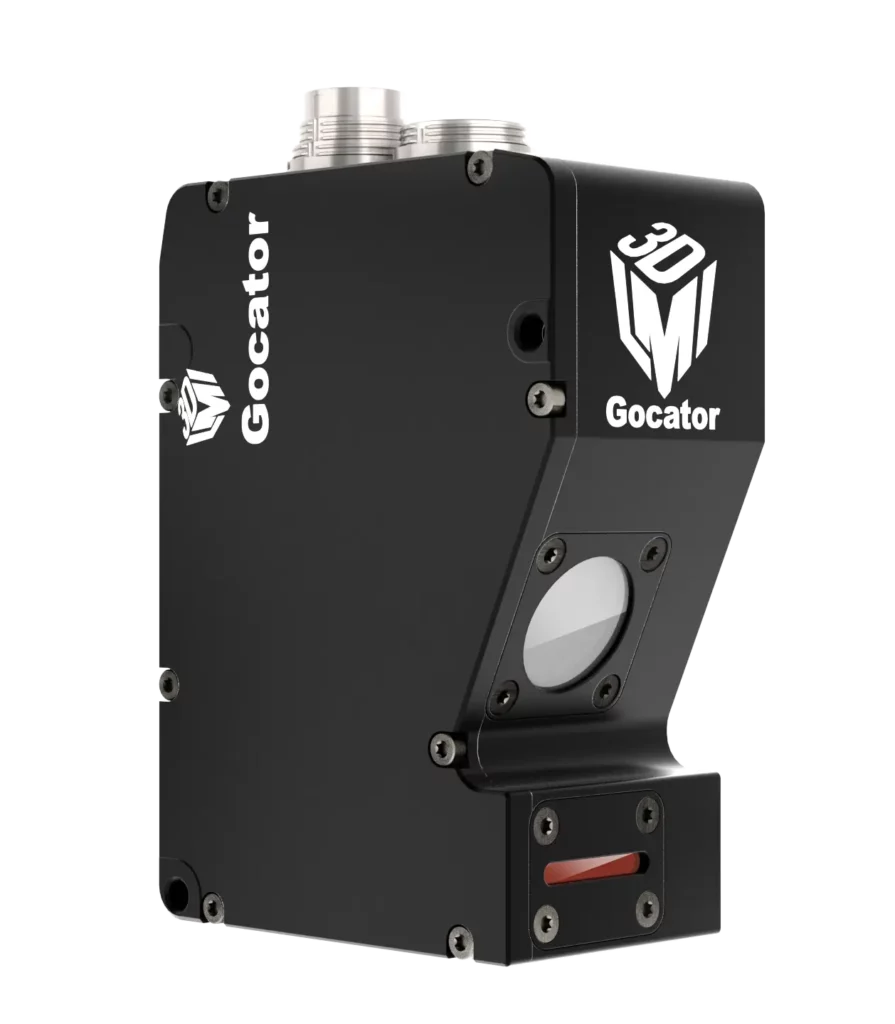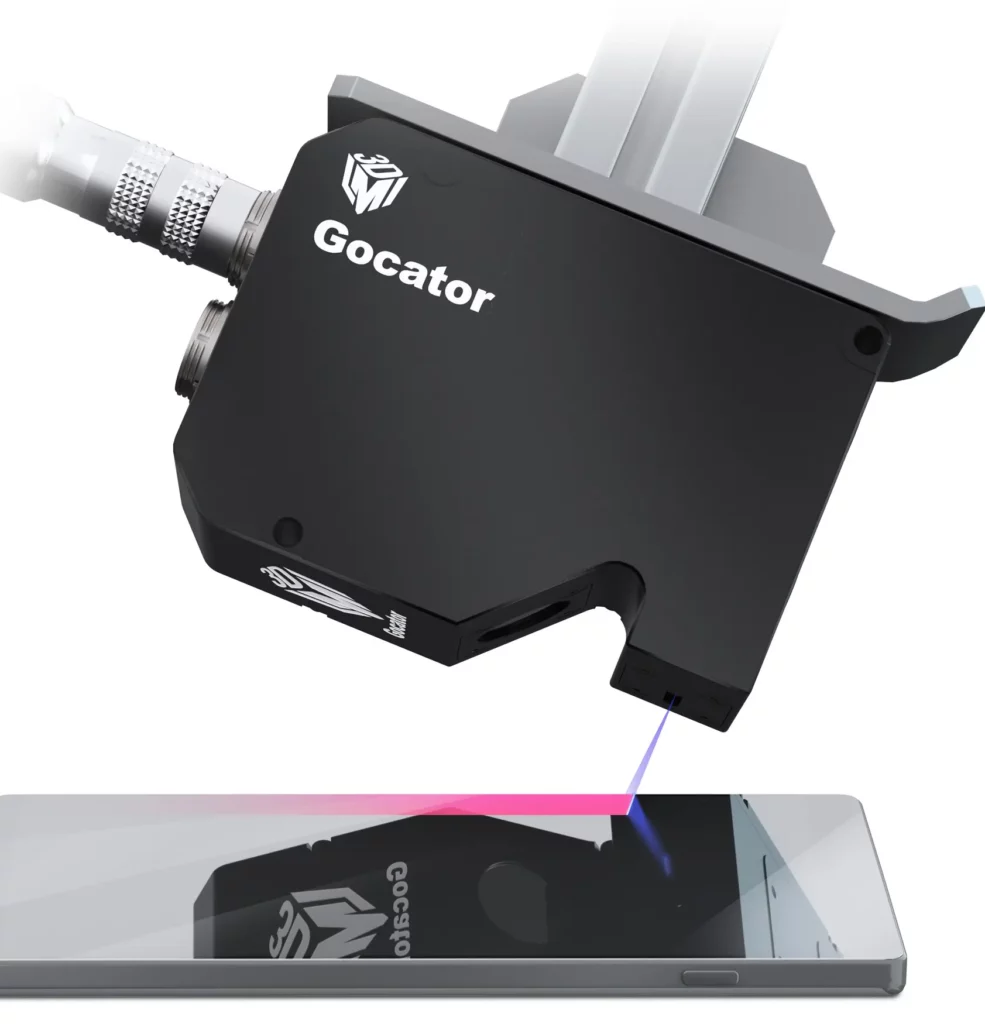Datasensor provides the best support to our customers and partners during COVID-19.
- Home |
- Products |
- Industries |
- About Us |
- Knowledge Base |
- News |
- Contact |
- Store
Datasensor provides the best support to our customers and partners during COVID-19.
- Home |
- About Us |
- Industries |
- Contact |
- Store









